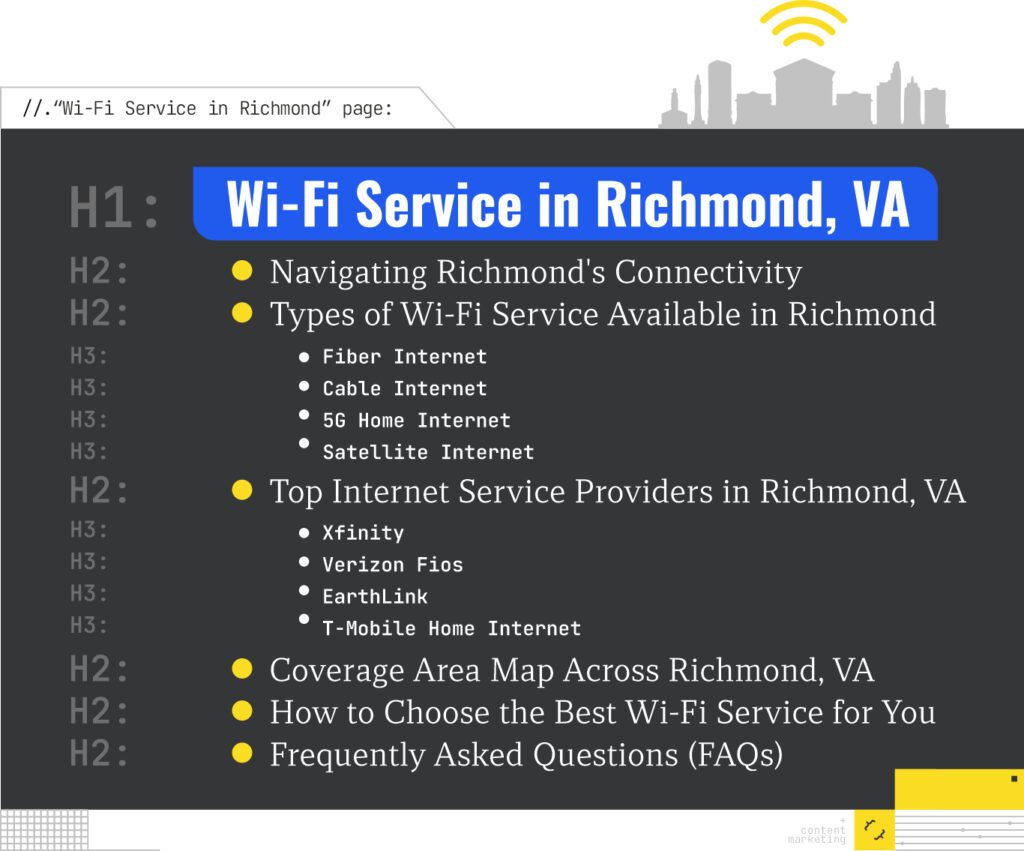
We’ve established that search engines and LLMs have evolved in how they retrieve and serve content to users. SEO has always been about developing content for both search engines and humans, and GEO is the same. The key difference is the search engine (now LLMs and AI-powered) and how they need to see content. Audience needs remain the same: well-written, engaging content that answers their questions and helps solve their problem.
Let’s discuss how we blend the age-old with the new age.
Great content begins with a solid foundation of strategy and ideation. What you create is a function of why–why is this topic important? What problem does it represent? How can we develop it so it meets the needs of users and search engines?
That last question is where GEO Content Strategy and Production begins. Leveraging tools like Qforia you can build out a comprehensive Keyword Matrix with a full inventory of all related queries on a topic. This matrix serves as the foundation for what subjects and related queries are necessary to include in your content. Once you have this data, you can begin the content production process.
To ensure your content performs well in modern retrieval systems, it’s essential to structure it in a way that is both machine-readable and human-friendly. Embedding models rely on clean, well-defined “chunks” or semantic units of information to generate precise and relevant results.
Modern ranking systems break content into discrete “chunks”. If a paragraph covers too many things, it won’t score as well against the keyword.
By breaking your content into focused paragraphs, using explicit semantic relationships, and eliminating ambiguity, you improve your chances of being accurately indexed and surfaced—especially in AI-search. Here’s a closer look at these concepts:




Clarity and reducing ambiguity are imperative for RAG systems and GEO. Algorithms can’t parse and serve what they don’t understand, and that lack of clarity in content can be the difference between having your content leveraged or having it buried.
Entity co-occurrence and context can help reduce ambiguity and make your content clear.
Entities, a distinct, real-world object or concept, is a fundamental unit of information that AI can understand and reason about. They are a wide range of things, including:
Ensuring that your content is focused on the entity/topic you intend means including all of the necessary and related entities to strengthen its meaning.
For example, if you are developing a piece of content on “Wi-Fi Service in Richmond,” there would be several entities you should include in your content to improve its correlation with the main topic. Some of those entities would consist of:
While not every one of these entities will make it into the “Wi-Fi Service in Richmond” it is helpful to understand the types of information that is associated and correlated with the main topic. This helps in developing content production from the outlining stage to copy, design and ultimately publication.
It can also support outreach and inform those types of websites and digital publications that promote your content.

If reducing ambiguity and providing clear content to search engines is required for AI, then structured data is the solution. Long used in knowledge graphs and semantic understanding, structured data and Schema.org have become the standard. However, if you are going to create a robust, machine-readable knowledge base you have to look beyond Schema to provide additional layers of direction.
Here are a few ways to evolve your structured data:

“When you’re creating content for the web, one of the best things you can do is include unique, proprietary data or insights. LLMs tend to favor content that stands out and offers something original. If your content includes information that can’t be found anywhere else, like internal research, customer trends, or your own analysis, it helps establish your site as a trustworthy source.”
~ Francine Monahan, Content Marketing Manager at iPullRank
Here’s a quick flowchart to assess your content before it goes live:

As you start exploring more ways to improve operational efficiency with AI-driven solutions, be sure to align yourself with the three laws of generative AI content:
If your brand isn’t being retrieved, synthesized, and cited in AI Overviews, AI Mode, ChatGPT, or Perplexity, you’re missing from the decisions that matter. Relevance Engineering structures content for clarity, optimizes for retrieval, and measures real impact. Content Resonance turns that visibility into lasting connection.
Schedule a call with iPullRank to own the conversations that drive your market.

The appendix includes everything you need to operationalize the ideas in this manual, downloadable tools, reporting templates, and prompt recipes for GEO testing. You’ll also find a glossary that breaks down technical terms and concepts to keep your team aligned. Use this section as your implementation hub.
//.eBook

The AI Search Manual is your operating manual for being seen in the next iteration of Organic Search where answers are generated, not linked.
Prefer to read in chunks? We’ll send the AI Search Manual as an email series—complete with extra commentary, fresh examples, and early access to new tools. Stay sharp and stay ahead, one email at a time.
Sign up for the Rank Report — the weekly iPullRank newsletter. We unpack industry news, updates, and best practices in the world of SEO, content, and generative AI.
iPullRank is a pioneering content marketing and enterprise SEO agency leading the way in Relevance Engineering, Audience-Focused SEO, and Content Strategy. People-first in our approach, we’ve delivered $4B+ in organic search results for our clients.
We’ll break it up and send it straight to your inbox along with all of the great insights, real-world examples, and early access to new tools we’re testing. It’s the easiest way to keep up without blocking off your whole afternoon.
